There have been feature articles about her in national media, notably the Telegraph, the Guardian and the BBC; a campaign to commemorate her with a blue plaque; a play was performed about her; a sold-out seminar at the Royal Society of Arts celebrated her life.
The only trouble is, these were all about the wrong woman. It is a classic case of mistaken identity.
After researching her story, I can say definitively that Emma Clarke was not from Liverpool, as widely claimed, but from Plumstead in the east end of London. It is also debatable whether she could be considered black.
Emma played for the British Ladies FC alongside her sister Florence and one contemporary report mentioned they were from Plumstead. This was confirmed by a newspaper article to mark Florence's golden wedding, published in 1949: the Kentish Independent reported that, before her marriage, Florence 'had been gaining a name in soccer circles as a member of the British Ladies football team, for whom she played at inside right. The team toured England, Ireland, Scotland and Wales, and in the north played a number of men's teams. Mrs Carver has a gold medal to show for her efforts.'
There is, in fact, a suggestion the Clarke sisters had some Asian heritage. I have contacted one direct descendant, Dave Witham, who recalls that his late grandmother (Florence's daughter) told him the story of an affair in the 'Indian Raj' in the family's past which led to a mixed race child. He was told that this showed in the footballing sisters' generation and particularly in Emma's case. Emma does appear to have slightly darker skin in contemporary team photos and there are comments in the press of a 'dark girl'. The narrative is certainly a good fit.
As there are no others in the family tree with a non-British birthplace, I guessed that Caroline might have been the product of the suggested extra-marital affair. However, when I ordered up her birth certificate it recorded that Caroline was the daughter of Edmund Bogg and his wife Ann. It is plausible the certificate was an attempt to cover up a scandal: was she adopted, was she accepted into the family, or was she a genuine child of the marriage? In the absence of further testimony, the truth may never be established, short of extensive DNA testing.
(with thanks to Tricia Leslie)
Just one Miss Clarke was in the South team that day, probably Emma, but when the team embarked on its extensive tour of the UK in April both Clarke sisters played together more often than not, in about 40 matches over two months. It must have been enormously exciting for young working class women to be thrust into the limelight like this, and to be paid for their efforts.
The first tour ended with a couple of games in Belfast, where Florence won a gold medal in a post-match race. This may be the medal she mentioned at her golden wedding.
After a summer break, the British Ladies FC started touring again in September, and played once or twice a week for the next year until the novelty wore off, crowds dwindled and financial problems intervened.
Following the fortunes of the sisters during this period is a challenge as teams were not often published, and even when they were the use of initials was erratic; added to which, a player called Nellie Clark (with no 'e') from Newcastle joined the club. However, where initials or first names were reported, Emma and Florence were clearly regulars in the side.
Within a couple of years, the football club had effectively disbanded and the Clarke sisters settled down to conventional lives and domesticity.
In 1899 Emma married Thomas Porter, a labourer with the local council, and they had two children, Ethel and Charlie. They continued to live locally but sadly Emma died in 1925, aged just 53, and is buried in Belvedere Cemetery in Erith.
Florence married George Carver in 1899 and there is a great football connection as he was also a player, a left back with Arsenal (or Woolwich Arsenal, as they then were). He spent four years with the club but only made one first team appearance; unfortunately for him it was away to Loughborough on 12 December 1896, a match which resulted in Arsenal's all-time record defeat, 8-0. He did, however, win a Kent League championship medal with the reserves that season. They spent their lives in Plumstead's Bannockburn Road, where Florence died in 1955, five years after George. They had two daughters, Florence and Daisy, and their descendants still live in the area.
The fact that their true identity has taken so long to establish is indicative of the wider challenge in researching early women's football, with conflicting and incomplete reports in the press, and even misleading information from the teams themselves.
However, now that Emma and Florence have been correctly identified, their descendants can celebrate their famous sporting ancestors, the Victorian pioneers of women's football.
- Not least is the question of black heritage. A report of a match in Stirling in the summer of 1896 mentioned 'a coloured girl of Dutch build' but frustratingly the team was not listed. 'Dutch build' was a Victorian euphemism for thickset or fat, yet photos of Emma and Florence show clearly that they were tall and slim. So was there another black player in the team? And as she played in Stirling, was she Scottish?
- Did the Clarke sisters have football experience before the British Ladies club was formed? There was an attempt to start a women's football team in Plumstead in 1892, and a steady correspondence in the Woolwich Gazette that year featured an anonymous female organiser who claimed that a women's team played several matches that summer. There is no other record of these matches but it is plausible the sisters were involved or inspired: the correspondent used the pen-name 'Ann-Ticipation' and the Clarkes lived in Ann Street. Coincidence?
- And finally, what of the 'wrong' Emma Clarke? Born in Liverpool on 15 July 1875, previous accounts said her fate was unknown, but in fact she married Harry Stockdale in Bootle in 1905, raised a family, and lived on Merseyside all her life. She died in Crosby early in 1957, aged 81. Sadly, she will now be erased from the history books as there is nothing to indicate she ever played football.
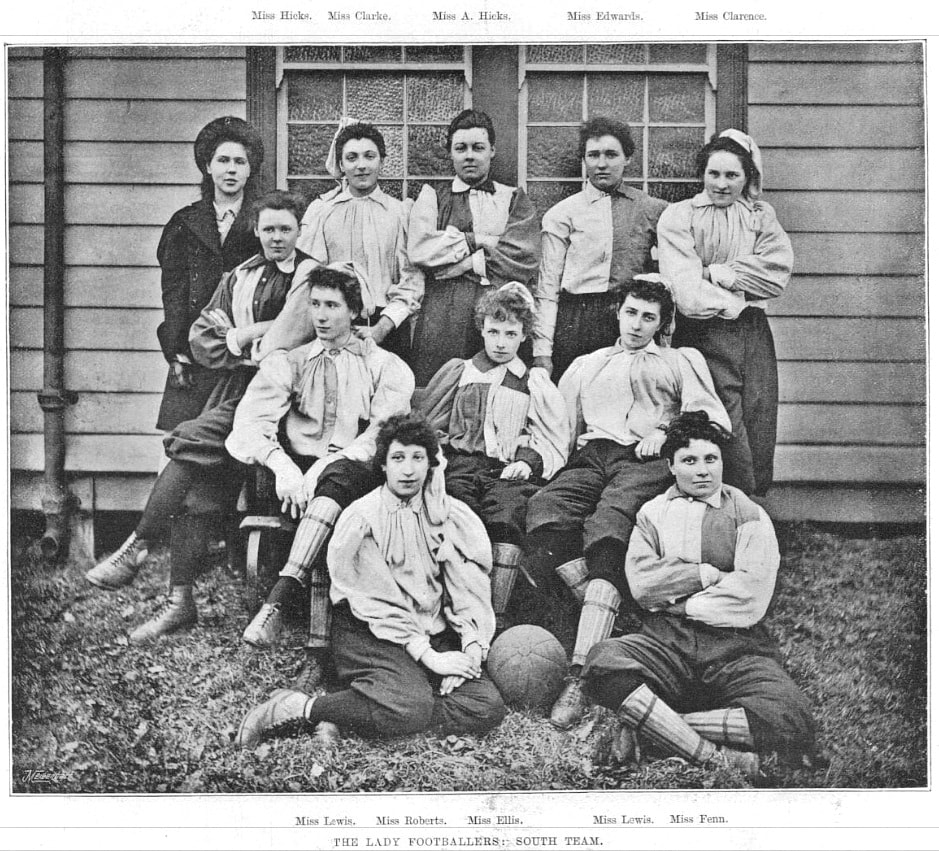
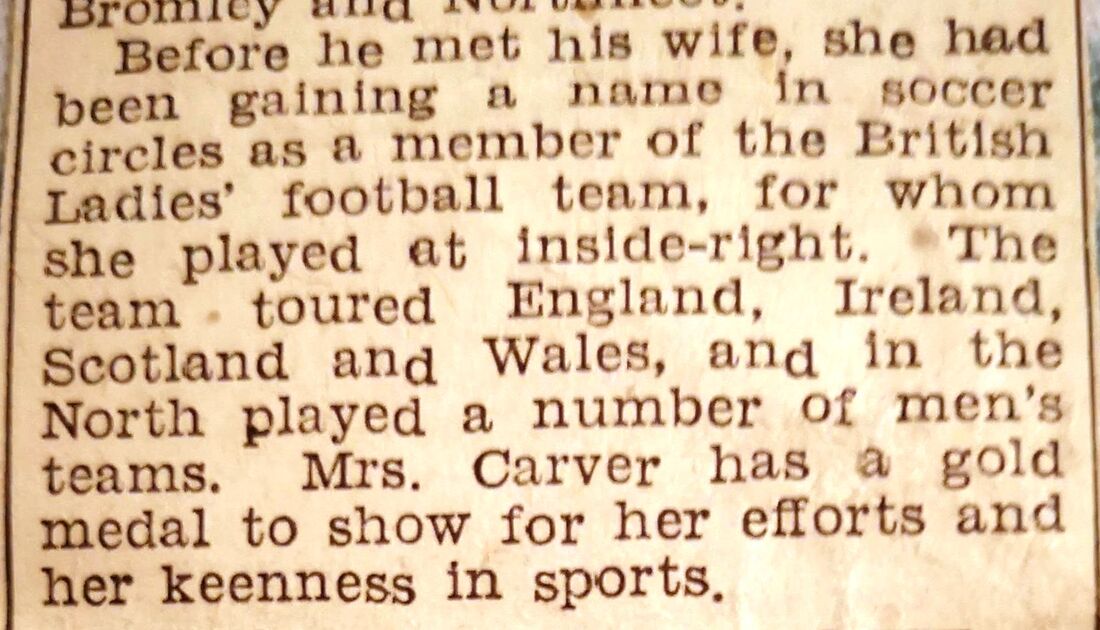
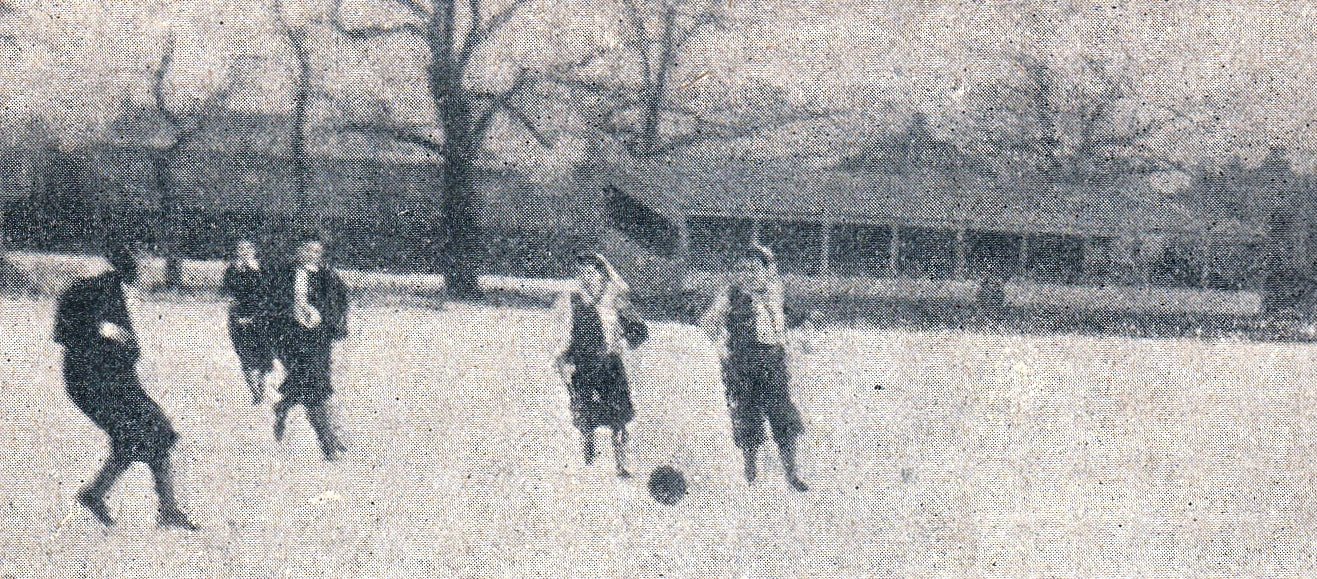
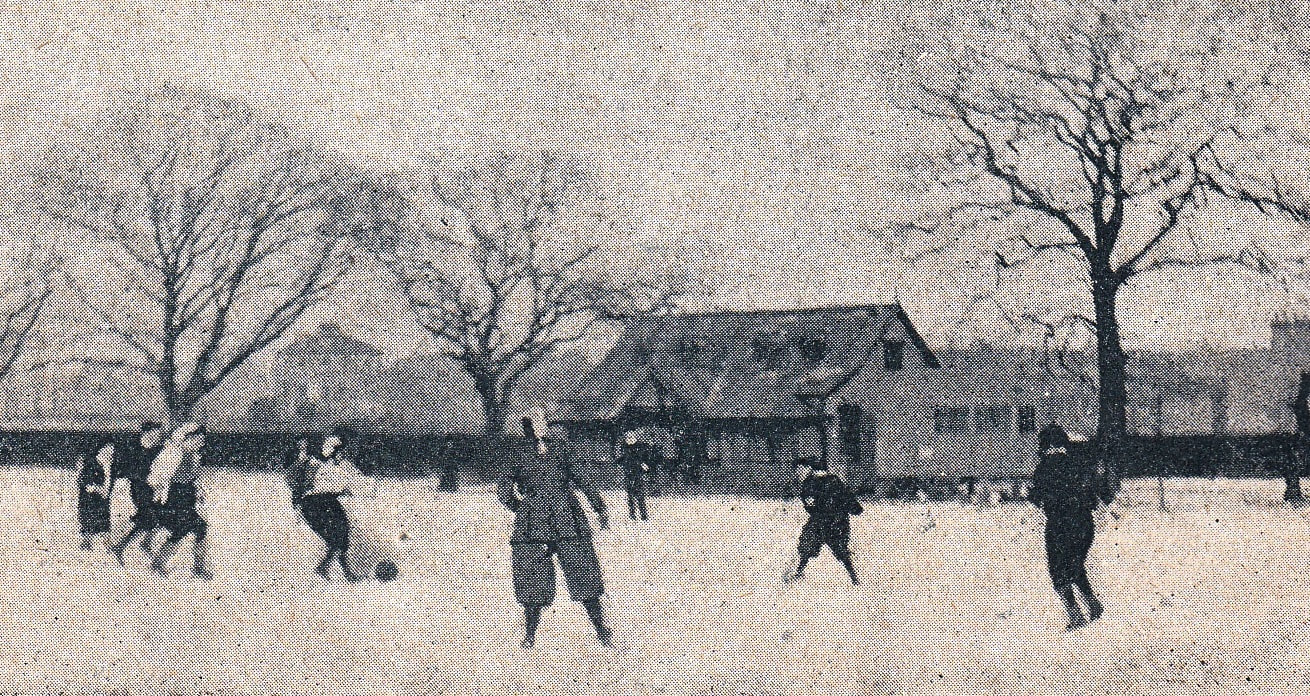
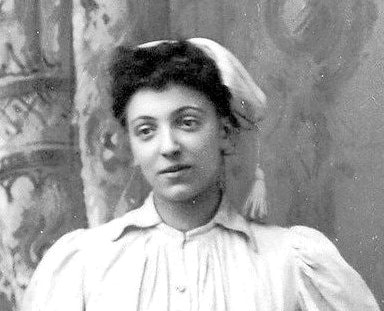

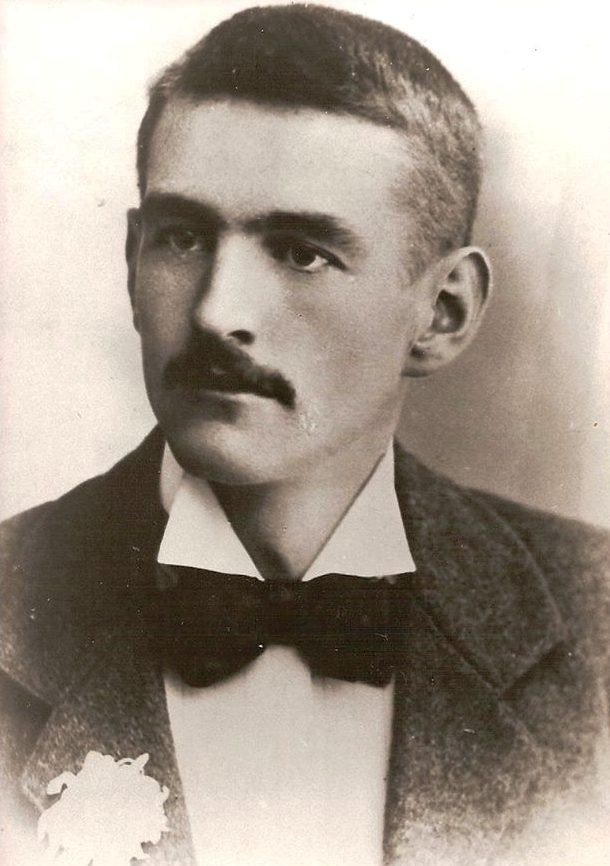
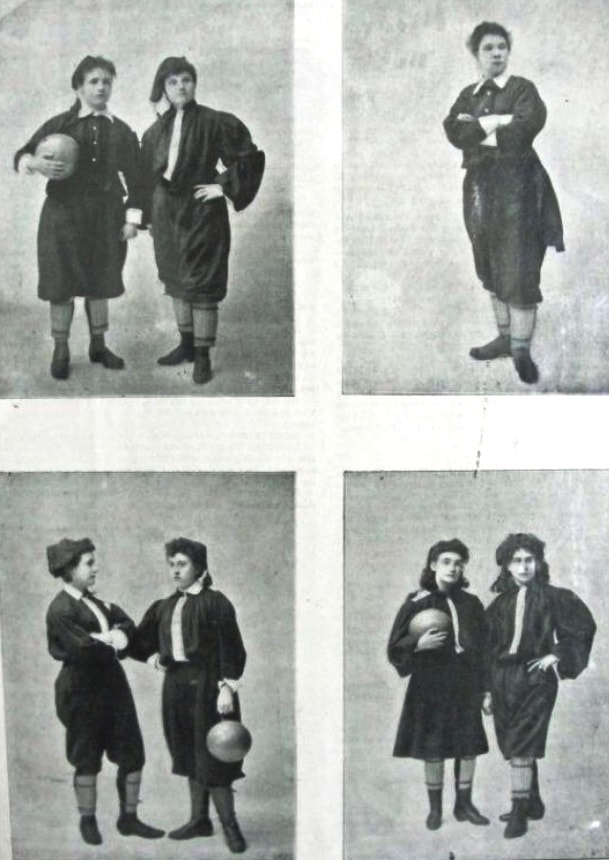
 RSS Feed
RSS Feed